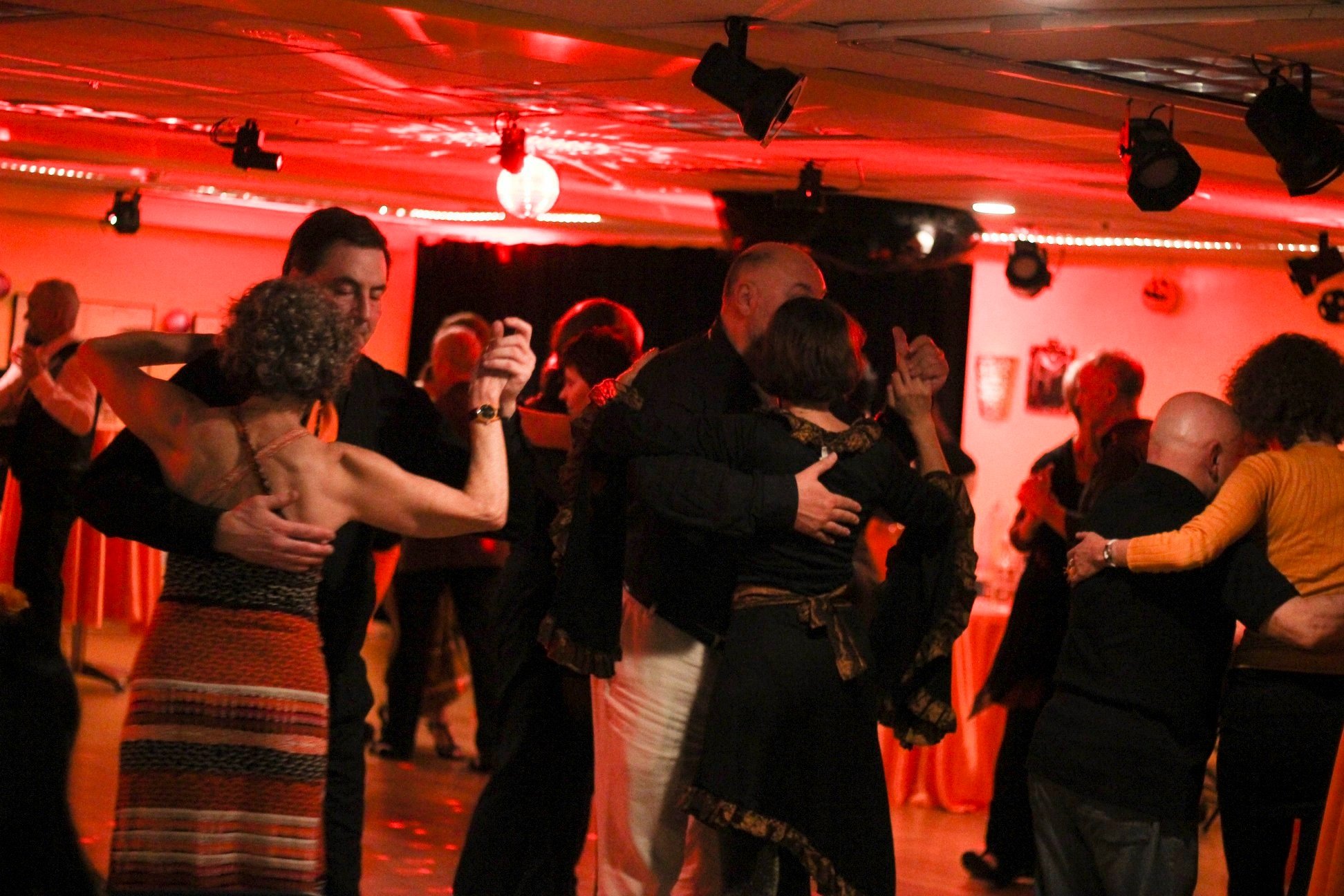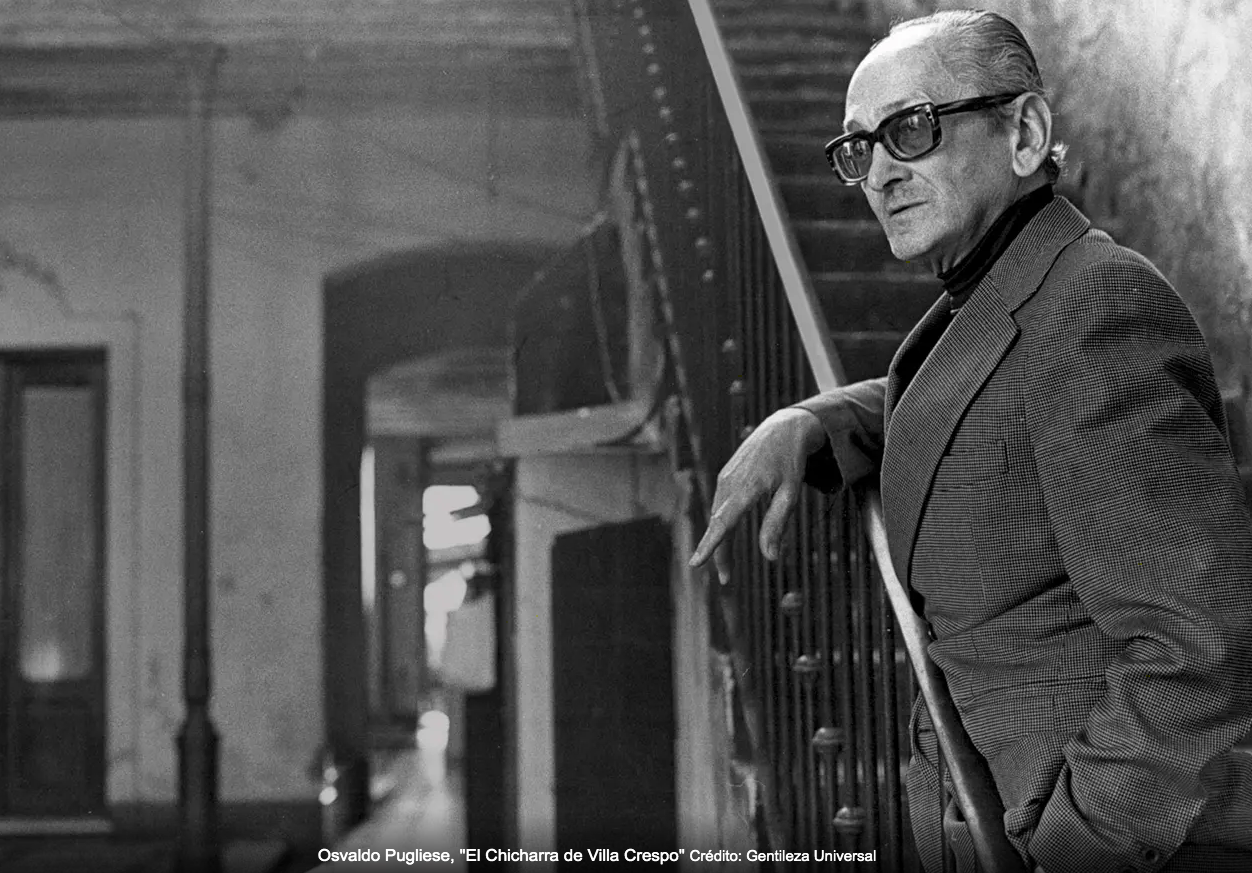It’s undeniable that tango is one of the most passionate dances ever introduced to the world.
It’s romantic as it's often a dance between a man and a woman in search of each other.
However, the traditional roles of male and female partners in tango have also often been seen as a competition reserved for men.
Most beginners in tango are taught that men in tango represent strength and power. They are responsible for making decisions and taking charge. So, when a man learns the dance for the first time, there’s instantly pressure to dominate.
The duel-like nature of tango has been around since its inception, leaving beginners asking,




















